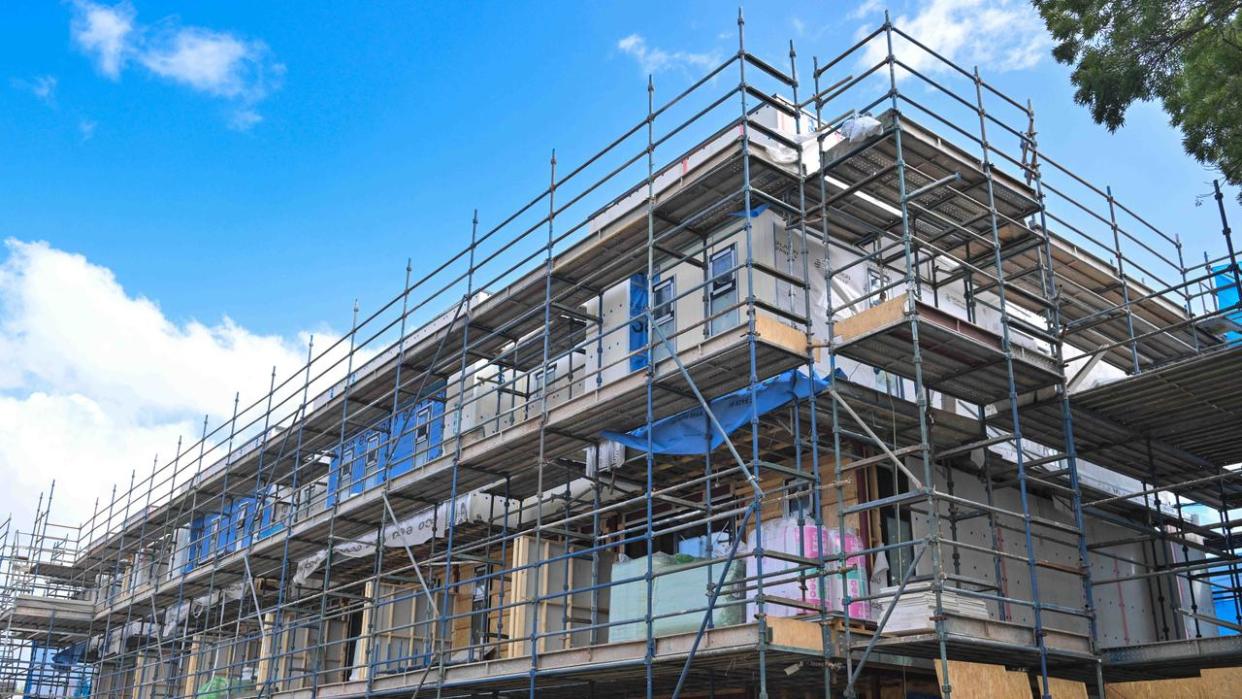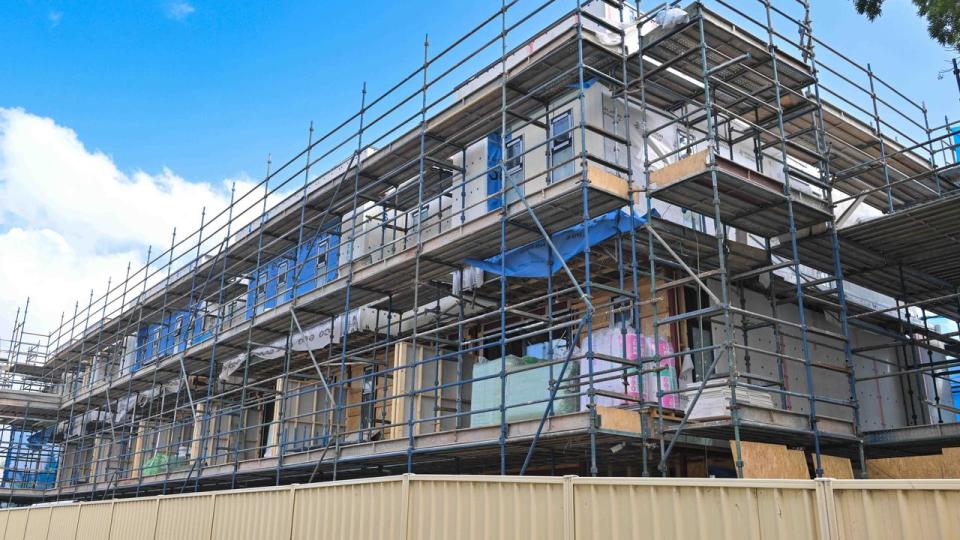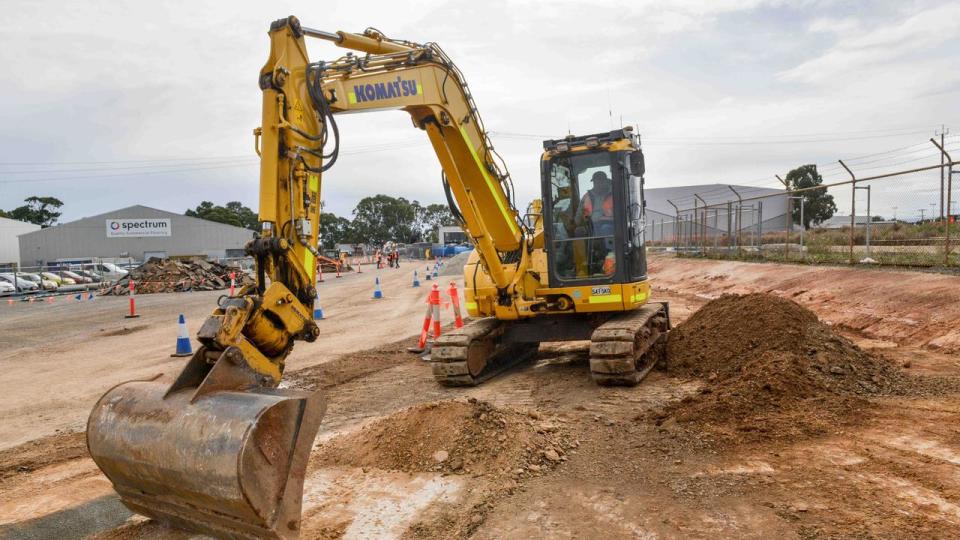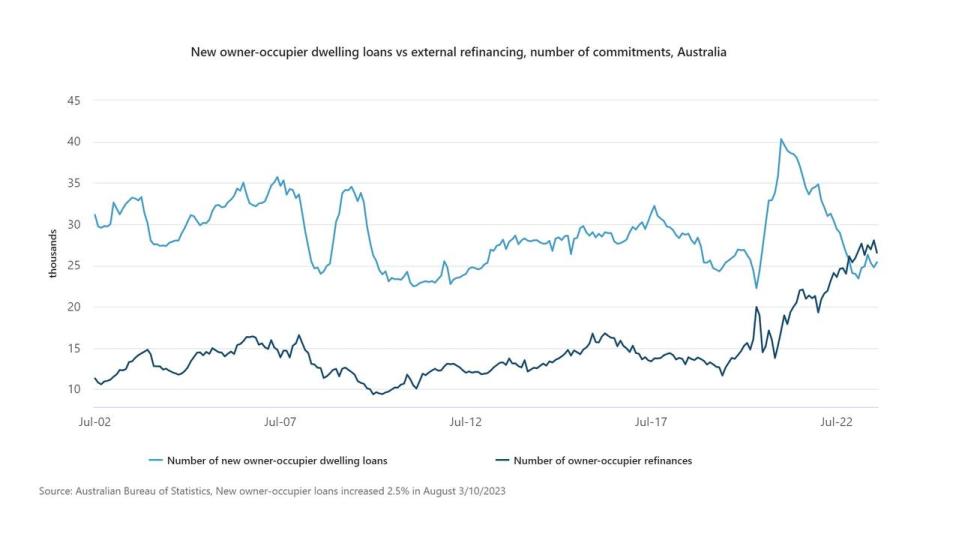Huge growth for Aussie building sector

Australia’s building sector is showing signs of recovery from a bumpy few months, with new data from the Australian Bureau of Statistics (ABS) revealing dwelling approvals increased seven per cent alone.
New dwelling approvals increased seven per cent in August, according to the latest ABS building approvals released on Tuesday.
ABS’ head of construction statistics Daniel Rossi said that follows a 7.4 per cent fall in July, seasonally adjusted.
“Approvals for private sector houses rose by 5.8 per cent, following three months of stable movements,” Mr Rossi said.
“Approvals in the more volatile private sector dwellings excluding houses series rose by 9.4 per cent, following a 14.6 per cent fall in July.”

Total dwelling approvals were up in Victoria (22.2 per cent), New South Wales (12.5 per cent) and Western Australia (12.3 per cent).
Falls were recorded in Queensland (down 26.9 per cent), Tasmania (down 10.1 per cent) and South Australia (down 6.9 per cent).
But approvals for private sector housing went up in all states, with WA leading the charge with a rise of 13 per cent in August.

The value of total building approvals rose 0.5 per cent, following a 16.0 per cent fall in July.
But the value of non-residential building approved fell 1.5 per cent in August, following a 26.9 per cent decline in July.
Senior Economist for Oxford Economics Australia Maree Kilroy said she expects national dwelling commencements to slide below 150,000 this financial year.
“The mix of higher interest rates, delays and rising build costs have made it a challenging environment for new home buyers and developers alike,” she said.
“While movement is happening on the housing policy front, planning lags mean it will take until the back half of the decade to see an activity boost.”

The ABS also released their lending indicators report, showing the number of new owner-occupier home loans rose 2.5 per cent in August.
Head of finance statistics Mish Tan said that’s still 12.3 per cent lower compared to last year.
“Since February 2023, the number of new owner‑occupier loans appears to have returned to levels seen before the COVID-19 pandemic began, well below the peak in January 2021,” Ms Tan said.
The figures also show the number of refinanced owner-occupier loan commitments between lenders fell 5.4 per cent.
“Since November 2022, the number of refinanced loans has been above the number of new owner‑occupier loan commitments,” Ms Tan said.
“Refinancing has remained at unprecedented levels as households continued to seek better loans amid a high interest rate environment.”

The value of new loan commitments for total fixed term personal finance rose 6.1 per cent to $2.5bn, driven by a 5.9 per cent ($81m) rise in lending for the purchase of road vehicles.
“National property price growth continued in September but there is a dual-speed recovery occurring evident in the average loan sizes,” Ms Kilroy said.
“Queensland, South Australia and Western Australia are showing the greatest resilience following successive cash rate lifts.
“We don’t expect lending volumes to truly accelerate until interest rate cuts kick through from late 2024, with first home buyers leading the charge. Demographic tailwinds for both upgraders and downsizers will support the next expansionary phase.”


